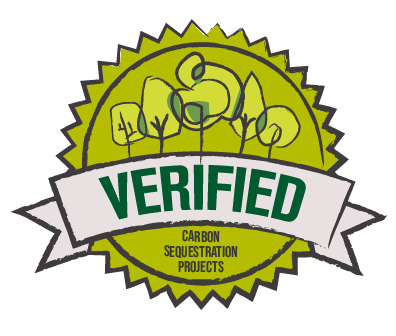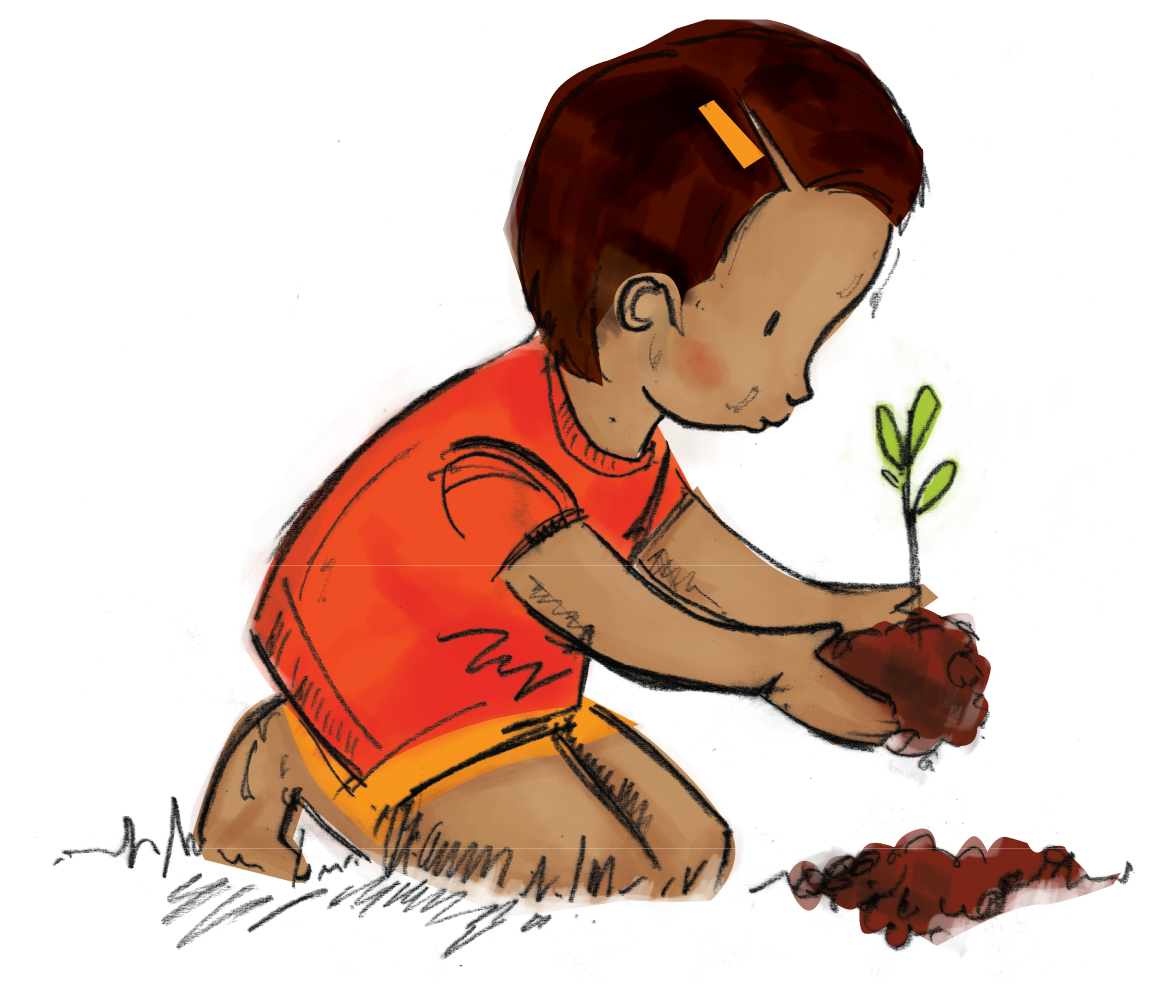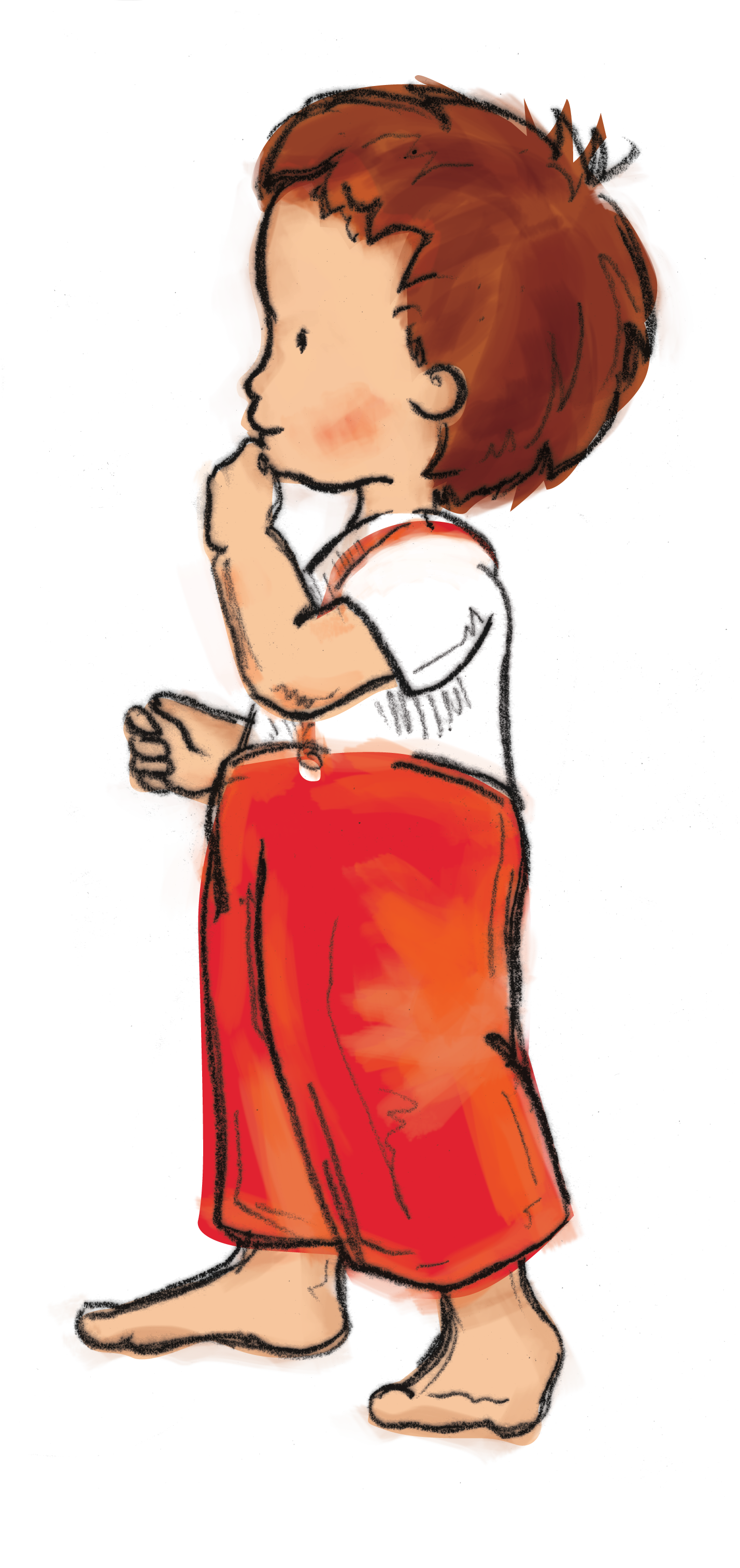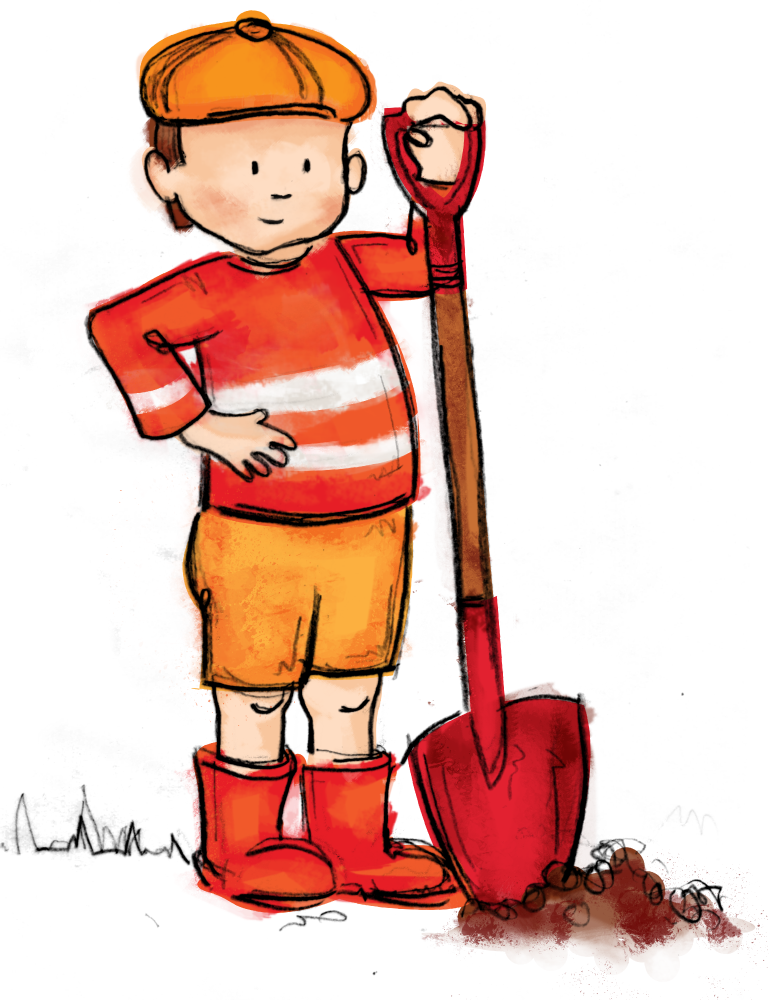Nappy Choice

Everyones nappy use is different from one day to the next, you can never predict the un-predictable explosions! That’s why we use an average nappy use over the first 2.5 years.
For more information on environmentally friendly nappy use see you nappy overview.
All the links in the Nappy Life Cycle production chain contribute to the environmental impact of each nappy we use.
Learn more about nappy life cycles through UK Environmental Agency’s research paper and Queensland University’s study.
To calculate a child’s Nappy Carbon Footprint we multiply 2.5 years of nappy use by the green house gas emitted through its production and usage; giving us the CO2 Global Warming Impact.
The difference in the Global Warming Impact of the different nappy styles are not significantly different to say that one performs better or worse for the environment; but both have an impact.
A child can use over 6,500 nappies in their first 2½ years, which is equivalent to 650 kg of CO2, or driving a car up to 3550 kilometres!
All our planting is planned for success by using a mix of seedling and direct machinery planting, paired with a thorough understanding of local climatic patterns, landscape and soil conditions.
By planting a rich diversity of native trees we establish biodiverse forests, helping to restore the native vegetation and habitat. Where ever possible we use natural rainfall to get our forests off to a good start.
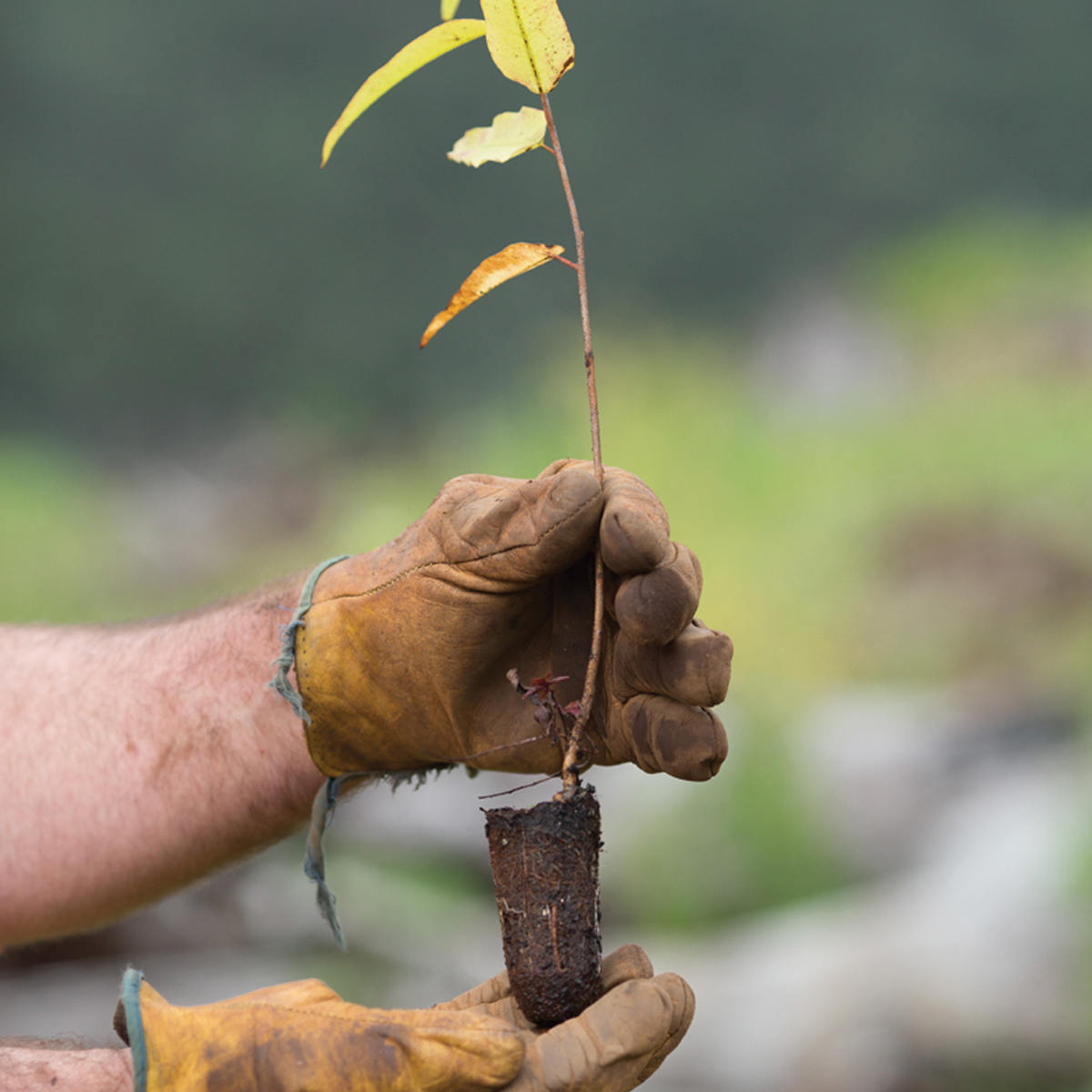
With our tree planting partners, Ones Twos and Trees implements a monitoring program that involves inspecting the trees for survival in the early years and then measuring the growth rates as they age, to ensure ongoing health and carbon capture performance.
As the trees mature they drop seed and some regeneration also occurs allowing for new trees to take root and establish, naturally.
By planting our forests across as many different locations as possible, reduces the risk of localised events (such as flood or fire) affecting our carbon sequestration.
We look for evidence of wildlife activity, bird returning to the forest, insects and native mammals are all signs of healthy forests restoring the ecosystems to its natural shape.
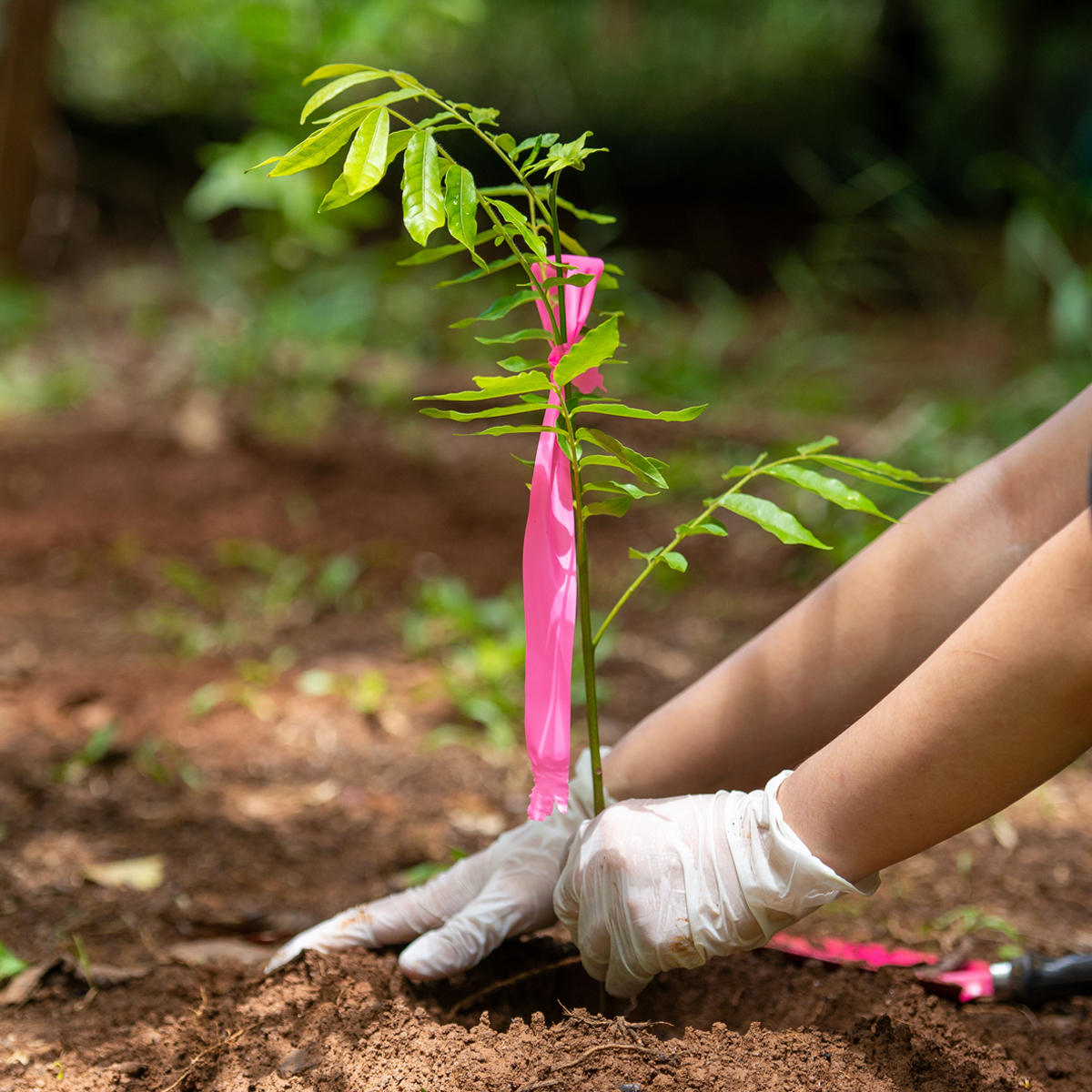
Our tree planting actively tackles climate change by naturally capturing carbon dioxide from the atmosphere, while also restoring habitat and biodiversity.
Some sites and species grow faster and capture carbon faster than others, but the entire forest pool is forecast to meet the carbon commitments to our supporters.
The trees convert carbon dioxide into oxygen, through photosynthesis, helping us and our plant breath just that little bit easier.
We partner with Greenfleet across Australia and New Zealand to create verifiable carbon sequestration projects. Our efforts focus on establishing self-sustaining, multi-species forests that provide long-lasting environmental benefits, making the world greener.
